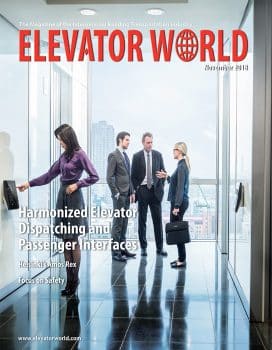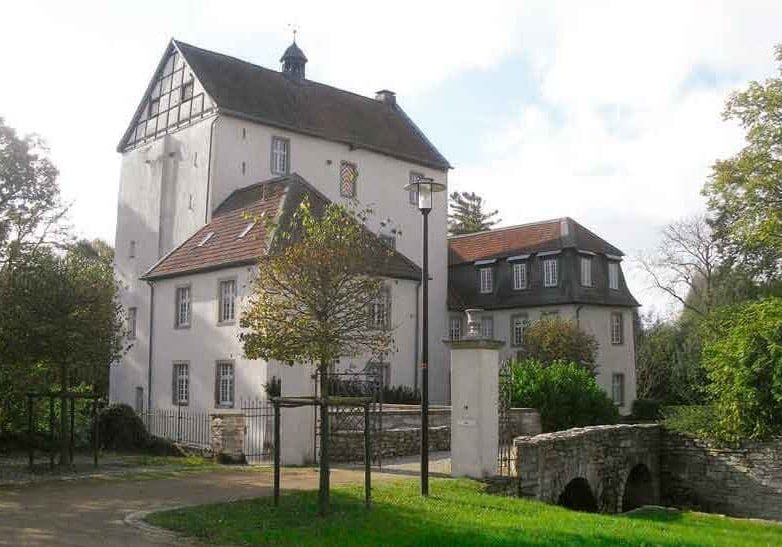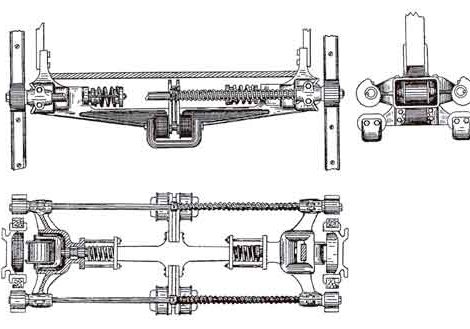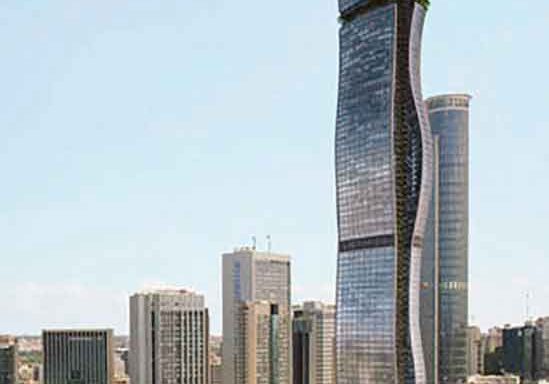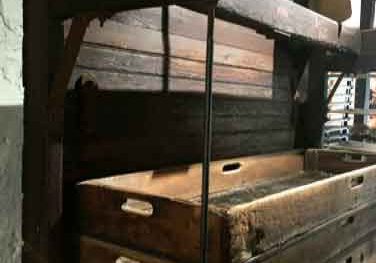An overview of the advancements in elevator technology and North American codes targeting harsh weather and natural disasters
Anearlierversionofthis article appeared in BUILDINGS.
As the world’s population migrates to urban centers, mobility is integral to the efficient operation of these densely populated areas. People, materials and products not only need to get from one part of the city to another, but also reach, for example, the 55th floor of an office building or ascend from a subway station buried deep beneath the city streets. Billions of people use elevators daily. By 2050, the number is expected to triple. Along with population spikes, plans for damaging weather conditions and natural disasters must be made.
Tremendous technological and engineering advances have been made in the vertical-mobility sector, including preparation for harsh weather and natural disasters. These adverse events are inevitable, and the elevator industry continues to develop codes and push safety features in their products to stay ahead of whatever cards Mother Nature decides to play. (She played a heavy hand in 2017, with cumulative damage of last year’s floods, fires and other weather events exceeding US$300 billion.) As of the time of this writing, the extent of the damage caused by severe storms this year remained to be determined.
Standard safety tips offer a good baseline for passengers’ elevator safety knowledge, but it is important to shed light on anything that can be put in place to ensure riders’ safety in an emergency, harsh-weather event or otherwise.
ASME A17.1 Safety Code
The ASME A17.1/CSA B44 Safety Code for Elevators and Escalators for North America is updated every three years by a panel of experts with broad representation across the industry, for which safety is a common goal. Code-writing bodies, legislators and regulators, equipment manufacturers, labor unions and local jurisdictions all help further the common goal of safety for those who install, operate, maintain, repair and ride in elevators. Building managers also value the importance of building resiliency in these events. New elevator products and technologies that increase the durability of the elevator units have become paramount to overall safety objectives.
OEO
One piece of technology that has relevance across all types of emergencies and is gaining a lot of traction is Occupant Evacuation Operation (OEO). In buildings with OEO, passengers can use an elevator in the event an evacuation is required, so long as the elevator is not compromised.
OEO was conceptualized after 9/11 to effectively evacuate high-risk areas of a building. This is crucial, because as cities plan for taller buildings, appropriate plans of action need to be put in place and communicated with building managers in the event of a crisis. The progression of building designs toward taller structures and overall elevator technology advancements have made OEO a viable option across the country. Most notably, San Francisco has adopted and introduced OEO in several buildings, emphasizing the backing and acceptance of this initiative.
Flood Preparation
When it comes to adverse weather events, the elevator industry continues to collaborate on ways to mitigate flood damage. Several advances have been made on this front, including technology that does not allow elevators to travel to lower levels where there is flooding.
The elevators may be able to continue to operate during adverse conditions with a backup power system installed. A17.1/ B44 requires emergency communications in every elevator, ensuring a sense of relief and comfort to those in need. It is important for building managers to be prepared and aware these precautions are in place before any weather event hits. Setting up a process with other building staff and elevator technicians, and even running a practice drill, helps ensure everyone is on the same page.
Fire Safety and Evacuations
There have been many advancements in A17.1/B44 over the years referencing building fire, addressing the elevators’ involvement in evacuating people, and controlling and eliminating the fire itself. Firefighter’s Emergency Operation: Phase I, Emergency Recall Operation, involves taking civilians to a designated safe egress area and appropriately leading them to safety. Phase II, Emergency in-Car Operation, allows firefighters to use elevators as a tool, helping them move equipment or personnel to fight the fire at hand. This is key in high-rise buildings, since firefighters serve such a pivotal role in these efforts and will need to reach higher areas in a timely manner.
Conclusion
There have been incredible advancements made with elevators, their positioning and the increasingly important role they will play when harsh weather and natural disasters hit. The development and overall awareness of these advancements lead to increasingly prepared building managers and contributes to the public knowledge of the safety precautions in place, which, collectively, will help us all weather whatever storms may come.
Get more of Elevator World. Sign up for our free e-newsletter.

